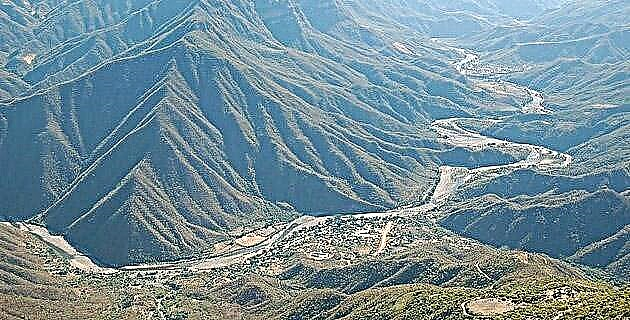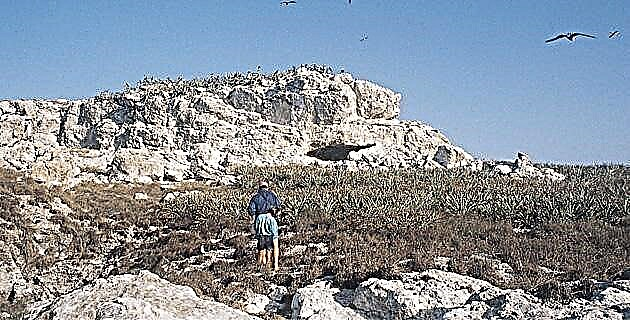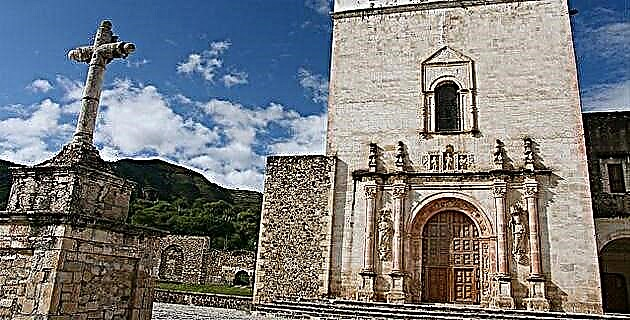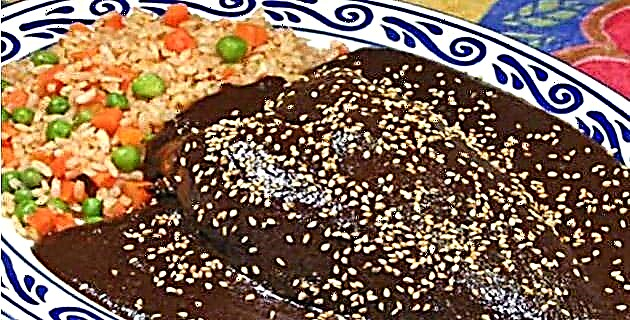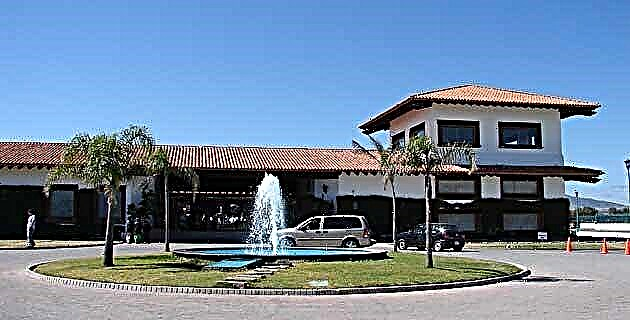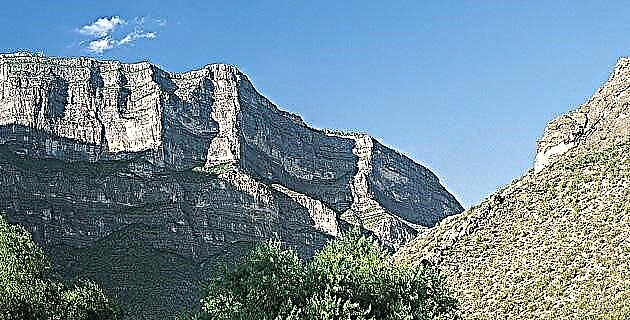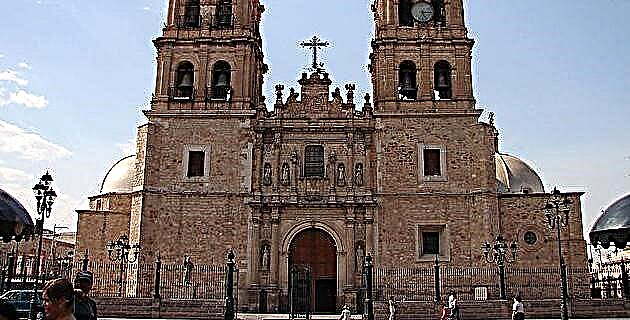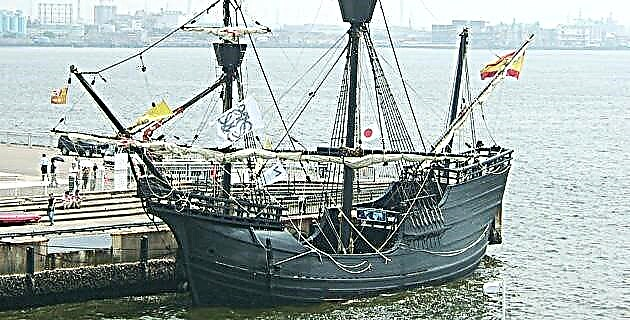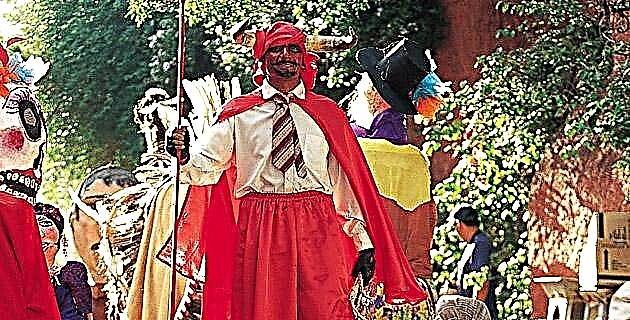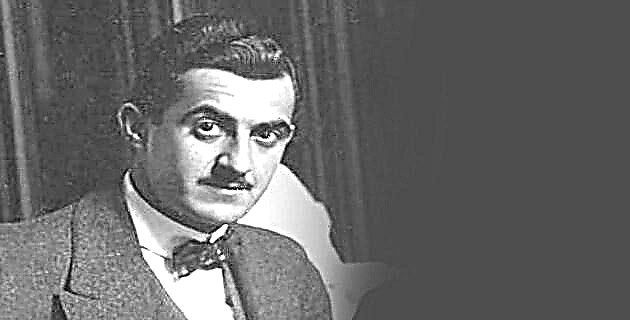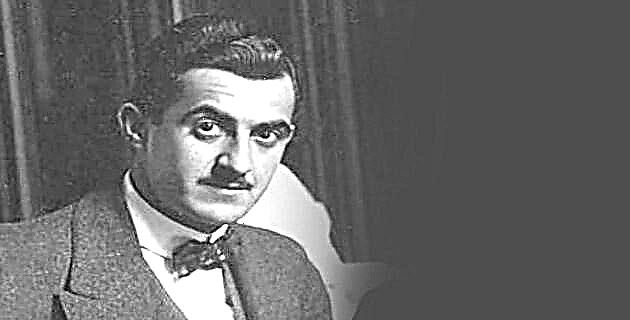
Octavio Paz said that Moreno Villa was "a poet, painter, and art critic: three wings and a single look of a green bird."
Alfonso Reyes had already written that our traveler occupied "an eminent place ... along with others who have won citizenship in their own right in the mental history of Mexico ... It is not possible to browse his books without being tempted to thank him instantly". Part of that Spanish migratory stream that left Francoism behind and came to take refuge in Mexico, notably enriching our national culture, was José Moreno Villa (1887-1955) from Malaga. From a wine-producing family, with studies as a chemical engineer, he left all that for letters and painting, although the plastic arts were secondary to literature. Republican and anti-fascist, he came to our country in 1937 and was a teacher at El Colegio de México. A true polygraph, he did poetry, drama, criticism and art history, journalism and especially essays. They highlighted his drawings and lithographs and classified the artistic works and old books that were kept in disorder in the cellars of the metropolitan cathedral. His book Cornucopia de México collects various works and was published in 1940.
Octavio Paz said that Moreno Villa was "a poet, painter and art critic: three wings and a single look of a green bird." Alfonso Reyes had already written that our traveler occupied "an eminent place ... along with others who have won citizenship in their own right in the mental history of Mexico ... It is not possible to look through his books without being tempted to thank him instantly."
In the capital of the country Moreno Villa met one of the sweetest and most delicate expressions of popular traditions; “We ran into him. lucky bird man. the triple cage, where he kept his three trained birds, deserved a photo because its shape, color, and ornaments were extremely Mexican. This cage, painted lemon yellow, a small rococo piece of furniture, a small theater with a singular architecture, was covered with its small velvet canopy ... "
In the Sonora market of La Merced in the capital, the writer was amazed at the yerberas and their traditional medicine: “A market corridor looked like the temple of magic, covered from floor to ceiling with the richest variety of aromatic and medicinal plants that one can dream, plus some living chameleon, some bat wings and some goat horns ”.
The traveler enjoyed a lot in one of our most beautiful cities: “All of Guanajuato is an evocation of southern Spain. The names of the streets and squares, the colors and shapes of the houses, the pavement, the light, the spaces, the narrowness, the cleanliness, the twists and turns, the surprise, the smells, the flower pot and the slow walk. The people themselves.
I have seen that old man who is sitting on a bench in the silent square in Écija, in Ronda, in Toledo. I want to ask you about Rosarito, Carmela or the olive harvest. He does not smoke blond tobacco, but black. It seems that he is not in the street, but in the courtyard of his house. Meet every passerby. He even knows the birds that perch on the neighboring tree ”.
In Puebla, the illustrious Spaniard compares favorably the architecture of that city: “The Poblano tile is of better taste than the Sevillian one. He is not angry or strident. For this it does not tire. Puebla also knows how to combine this decorative item on baroque facades with large red and white surfaces… ”.
And about sweet potatoes we learn something: “I have known these sweets since my distant childhood in Malaga. In Malaga they are called sweet potato powder rolls. They are not that long, nor so many flavors. The lemon flavor is the only one added to the sweet potato there. But this does not make a fundamental difference… ”.
Moreno Villa traveled to many places in Mexico and his pen never stood still. The etymology of this toponymy is not widely known: “Am I in Guadalajara? Is it not a dream? First of all, Guadalajara is an Arabic name, and therefore out of place. Wad-al-hajarah means valley of stones. Nothing else is the ground where the Spanish city sits. She is called, then, like that for something more than a whim, for something inherent and fundamental. Instead, this Guadalajara in Mexico sits on soft, flat and rich lands ”.
Moreno Villa's curiosity had no social borders, as a good intellectual he was: “Pulque has its temple, pulqueria, something that mezcal or tequila do not have. The pulqueria is the tavern that specializes in dispensing pulque, and only drunks of the lowest class enter the pulqueria. It turns out, then; a temple that makes the selection the other way around… When you arrive in the country they warn you that you are not going to like (that drink)… The fact is that I drank it with caution and that it did not seem so brave or so bland. Rather, it tasted like a nice soda ”.
One of the main surprises for foreigners who visit our country is stated in the title of this article by Moreno Villa: Death as an unimportant element: “Skulls that children eat, skeletons that serve as recreation and even funeral carriages for the enchantment of small people. Yesterday they woke me up with a so-called pan de muerto so that I could have breakfast. The offer made a bad impression on me, frankly, and even after tasting the cake I rebelled against the name. The festival of the dead exists in Spain too, but what does not exist there is recreation with death ... On the sidewalks or sidewalks, stalls of popularly made skeletons, made with little wood or vines articulated with wire and studded with light sequins and black ... The macabre dolls dance supporting them on a woman's hair that lies concealed from knee to knee ”.

